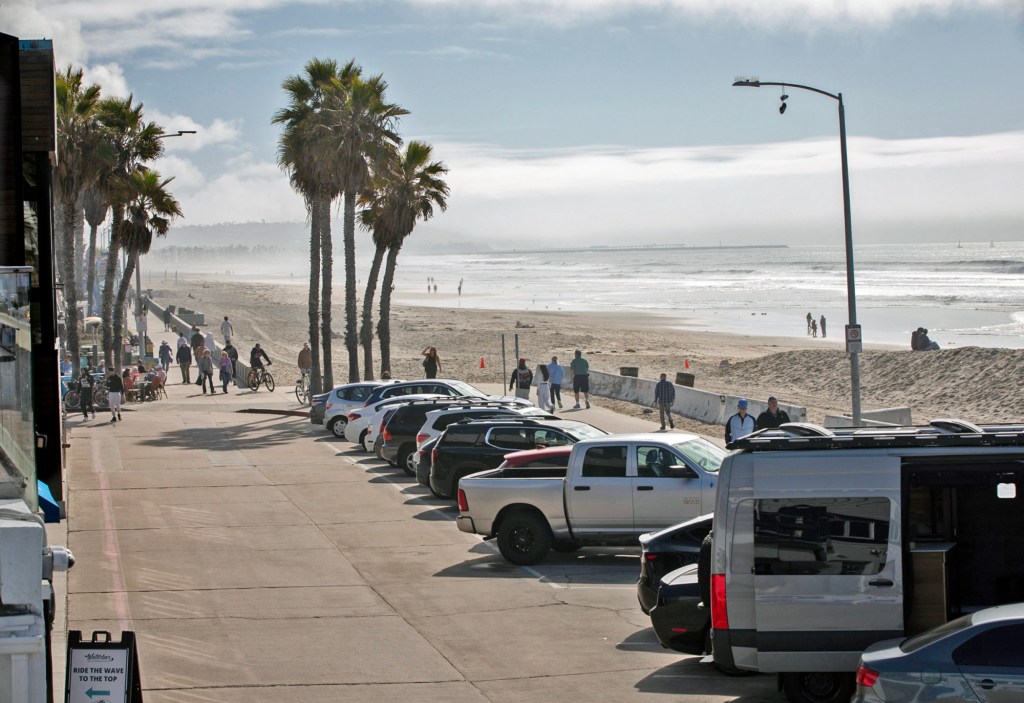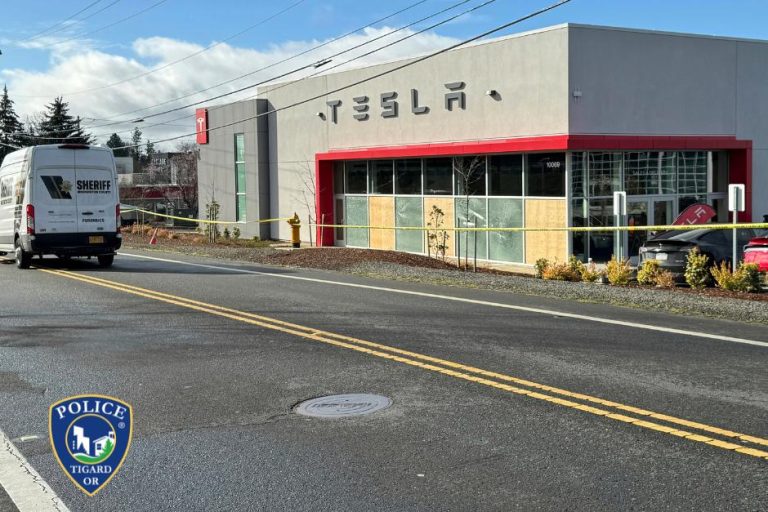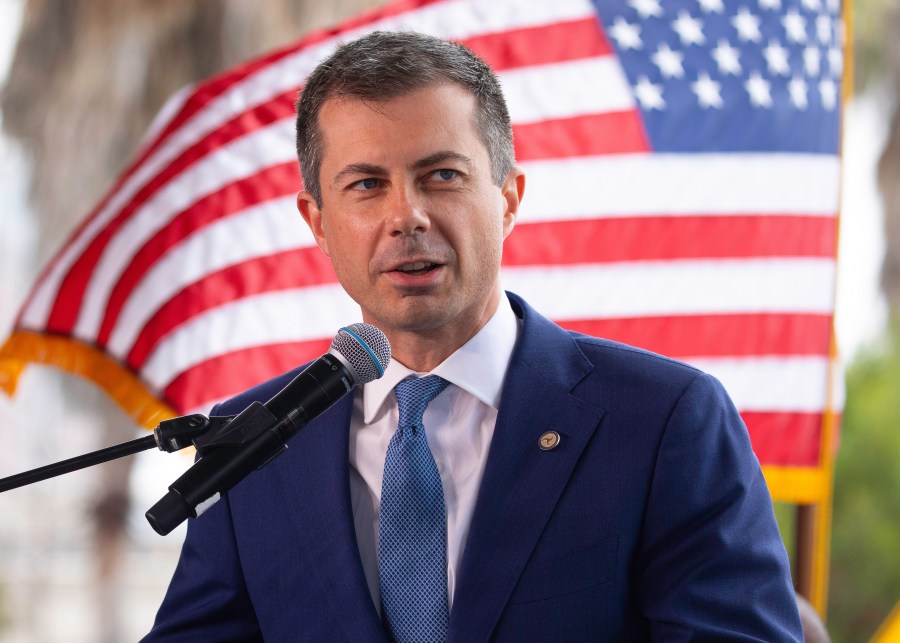
San Diego officials are proposing some sweeping changes to how the city handles parking that will make it more expensive and a lot more complicated in some neighborhoods.
The large package of updates, which is being spurred by a city budget crisis, includes proposals to end free street parking on Sundays and to introduce demand-based variable pricing in some popular areas.
Other big changes could include extending meter hours into late evenings, making it much easier for neighborhoods to quickly add meters and raising prices closer to what is charged in Los Angeles and San Francisco.
A second wave of planned changes, many of which require Coastal Commission approval, is slated to include parking fees in off-street beach parking lots, Mission Bay Park, Balboa Park and other popular destinations.
The ambitious proposals, which could raise as much as $100 million a year, come after city voters rejected a one-cent sales tax increase on the November ballot that would have raised $400 million a year.
The failure of that ballot measure leaves the city facing deficits during the next five years that total more than $1 billion.
San Diego kicked off the first wave of major parking changes in late January when the City Council doubled the hourly rate at parking meters citywide from $1.25 to $2.50.
And last week, city officials announced sharp increases in parking ticket fees, which haven’t been raised since 2003. Examples include street sweeping citations rising from $40 to $72.50 and expired meter fines going from $30 to $54.50.
The City Council is slated to approve the new citation rates in March, and they are scheduled to take effect April 1.
Staffers for Mayor Todd Gloria, who is spearheading the proposed changes, say they plan to present a comprehensive package to the City Council sometime this spring.
That package, which would affect on-street parking, is expected to include demand-based variable pricing, extending meters into late evenings, the end of free parking on Sundays and the addition of special pricing for events at Petco Park and the convention center.
Another large batch of changes that would affect off-street parking won’t be included in the first wave, because most of those additional changes — including fees to park at city beaches — need Coastal Commission approval.
Council members, who will have final say on any changes, have mostly expressed support. But they stress that new revenue opportunities must be weighed against possible negative impacts on merchants and residents.
The proposals are based on a 369-page parking demand study that was completed last month. The study analyzed how 16,500 parking spaces across the city were used during a 10-day stretch last July.
It found that demand varied widely from neighborhood to neighborhood, from day to day and from hour to hour. The study recommends San Diego shift to variable pricing to take advantage of those spikes in demand.
City officials say the 5,000 meters they now have in place are advanced enough to vary prices based on demand, but they don’t yet have the ability to gauge the peaks and valleys of demand needed to do it effectively.
The goal of variable pricing isn’t to gouge motorists during busy times, but instead to charge less when demand is low so some spots still get filled and charge more when demand is high so spots don’t get monopolized, officials said.
“You don’t want rates so low that people are not incentivized to go visit a business and exit,” said Heather Werner, who is leading the parking updates effort as interim director of the city’s Sustainability and Mobility Department. “But you don’t want rates so high that people think ‘I can’t even afford to go to that shop or store.’”
Werner said the city has the dual goals of having parking spots get used as much as possible and yet having a space available whenever someone needs one.
The tools the city would most likely use to determine fluctuations in demand — and then adjust prices — would be data from sensors and license plate recognition software.
Rates might go up on weekends or during evening hours in areas with lots of restaurants. But Werner said San Diego might also vary rates based on tourists visiting during the summer.
“You might have a dynamic solution that isn’t hour-by-hour but season-by-season in certain areas,” she said.

Another change the study recommends is ending free Sunday parking in popular areas. The average occupancy of parking spots spiked on Sundays in every area of San Diego that the study analyzed, including downtown, where the average occupancy was 91 percent on Sunday and the peak occupancy was 99 percent.
The study made similar findings regarding occupancy during late-evening hours — when meters and on-street rules are no longer in effect.
The study also recommended San Diego make it easier for neighborhoods and business districts to add meters quickly.
They’ve generally been required to create a community parking district that would handle the money. But the study recommends making that a separate process.
“Separating these two processes can help streamline the deployment of parking meters,” said Ahmad Erikat, a city parking districts program manager.
The study also found a wide gap in what San Diego charges for parking compared to other large cities and nearby cities.
Los Angeles charges up to $7 an hour based on location, while San Francisco, which uses demand-based pricing, can charge as much as $18 an hour. Locally, Del Mar charges $4 an hour, and the Port District charges $2.50.
“The city has significantly lower parking meter rates than nearby jurisdictions and other major cities in the area,” Erikat said.
Gloria’s staff hasn’t yet said how high they plan to recommend fees be raised.
San Diego would have to update its municipal code to make some of the changes. The council must also amend a policy that says 45% of revenue generated within a parking district must stay there.
Werner said city officials also plan to evaluate how much money from new parking revenue should be used to boost safety in the neighborhood where it was generated by funding new amenities like flashing beacons or bike lanes.

The second wave of changes is likely to be more controversial. Parking in beach lots and at the city’s two most popular regional parks — Mission Bay and Balboa — has always been free.
In addition to a likely backlash from people frustrated by the new fees, the city will need to convince the Coastal Commission that the new fees are OK. The commission aggressively scrutinizes any new fees that make it harder for ordinary residents to access the coast affordably.
It’s also not clear whether city residents would get a discount compared to non-residents.
The city’s independent budget analyst two years ago estimated a $5 fee at the two regional parks, even if it were restricted just to non-residents, would generate nearly $6 million per year. Mission Bay Park has 5,900 parking spaces, and Balboa Park has 6,850.
Ben Nicholls, leader of the Hillcrest Business Association, said it makes no sense the city hasn’t already been charging at the San Diego Zoo and Balboa Park.
“It seems crazy to me someone has to pay to park in front of one of my coffee shops, while parking at the zoo is free,” he said.
But the study found demand for parking in the two parks is not as strong as in some business districts.
On weekdays, Mission Bay Park had an average parking spot occupancy of 40%, and Balboa Park was at 60%. On weekends, Mission Bay Park climbed to 73%, but Balboa Park climbed only to 63%.





